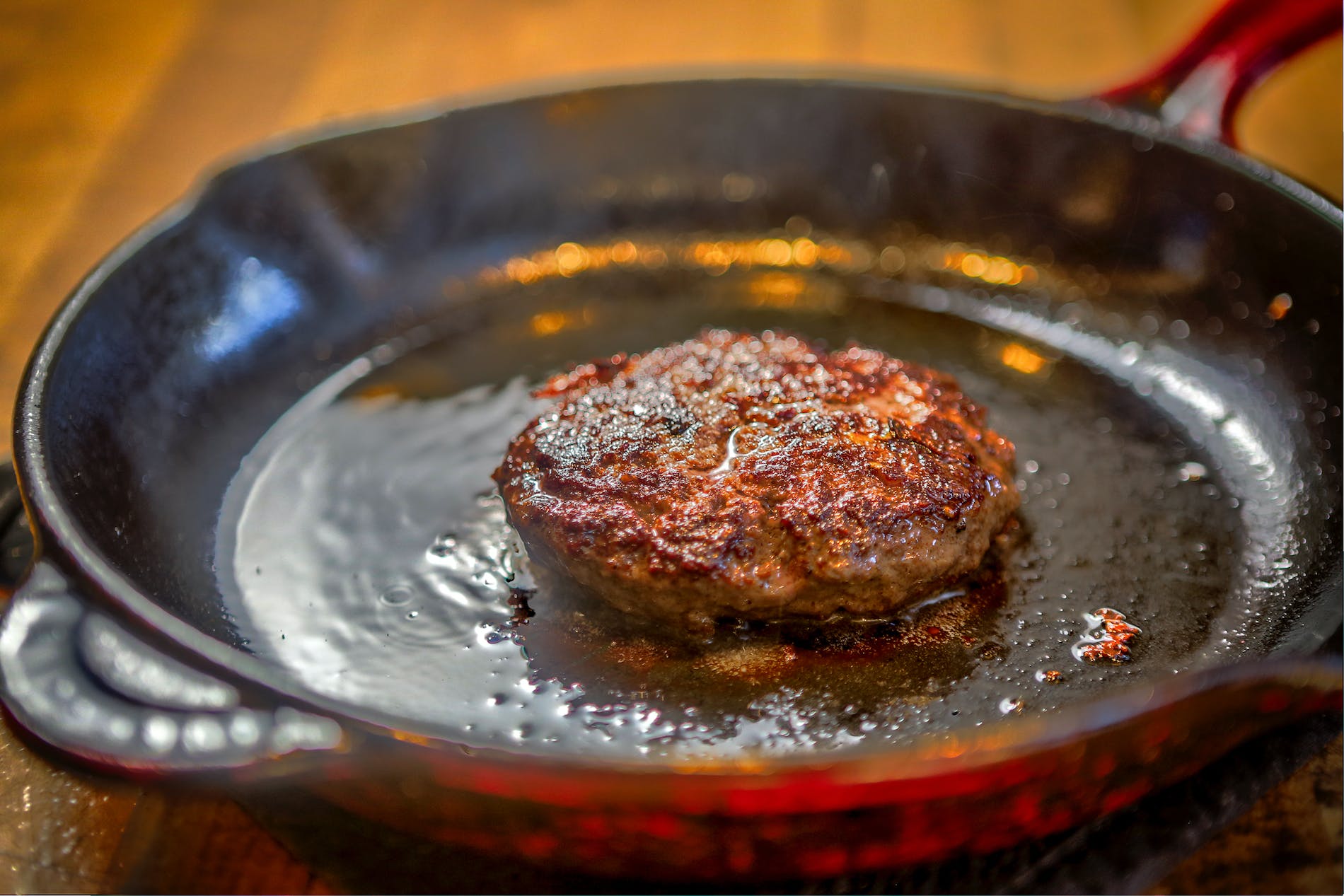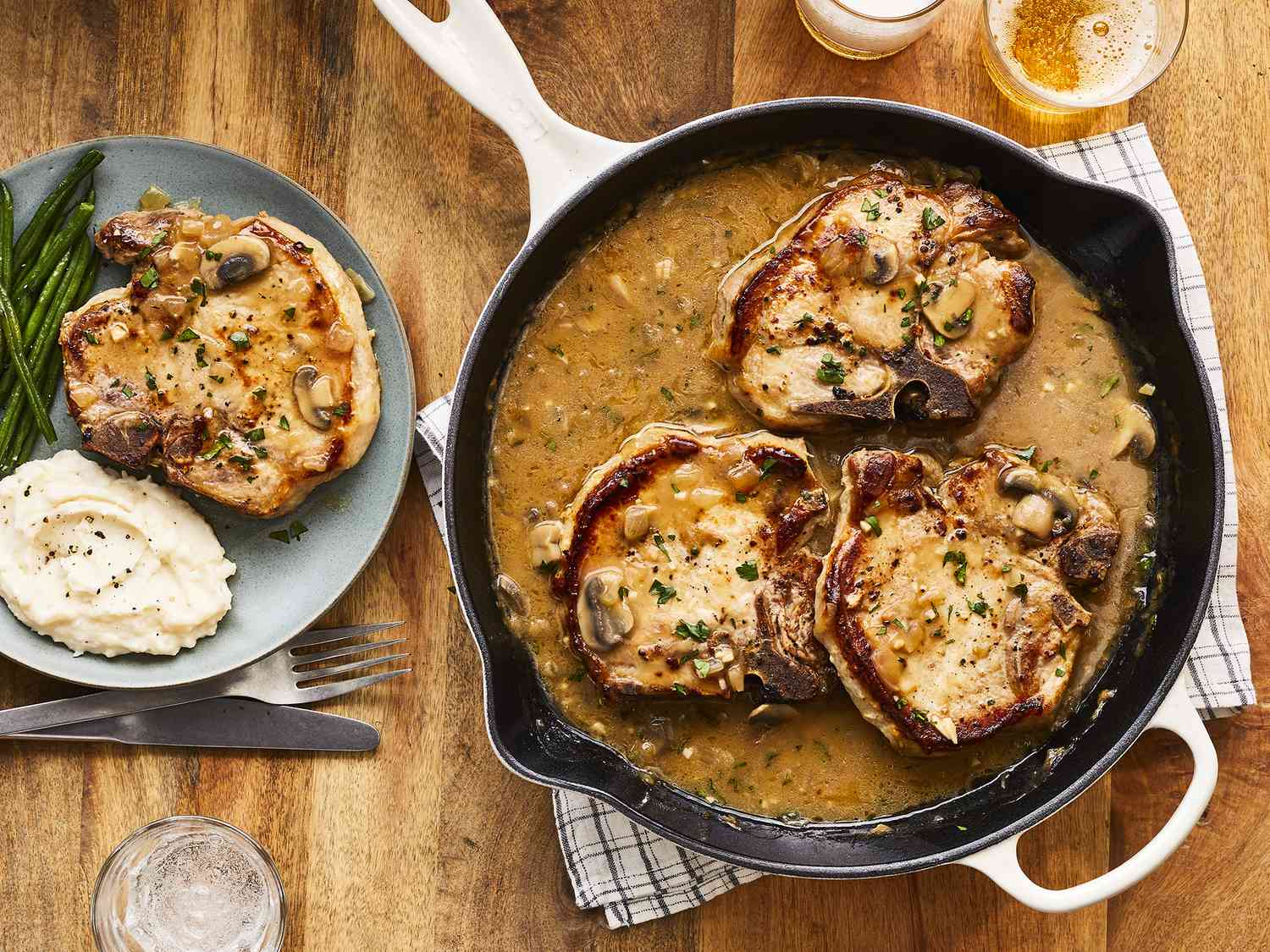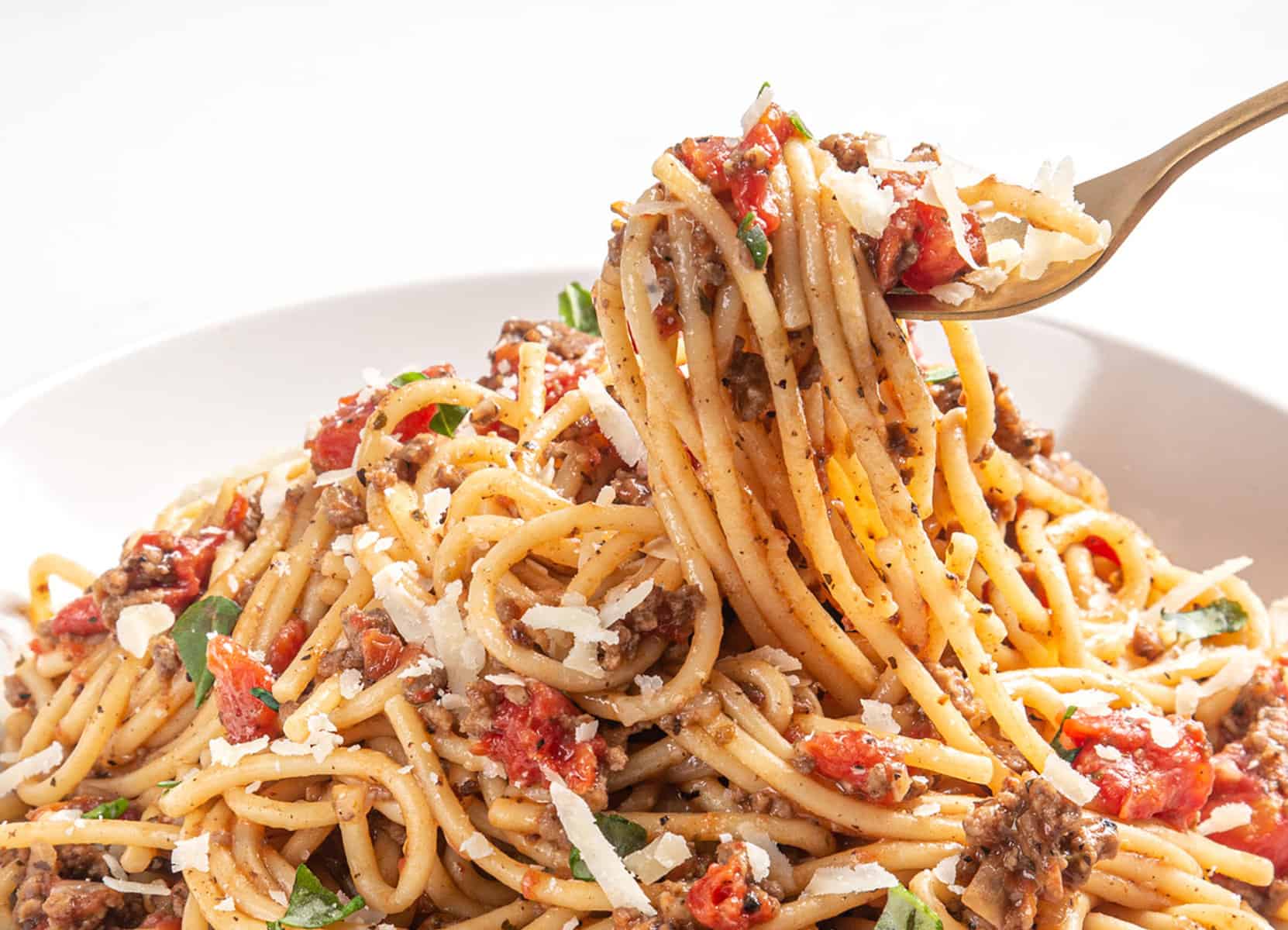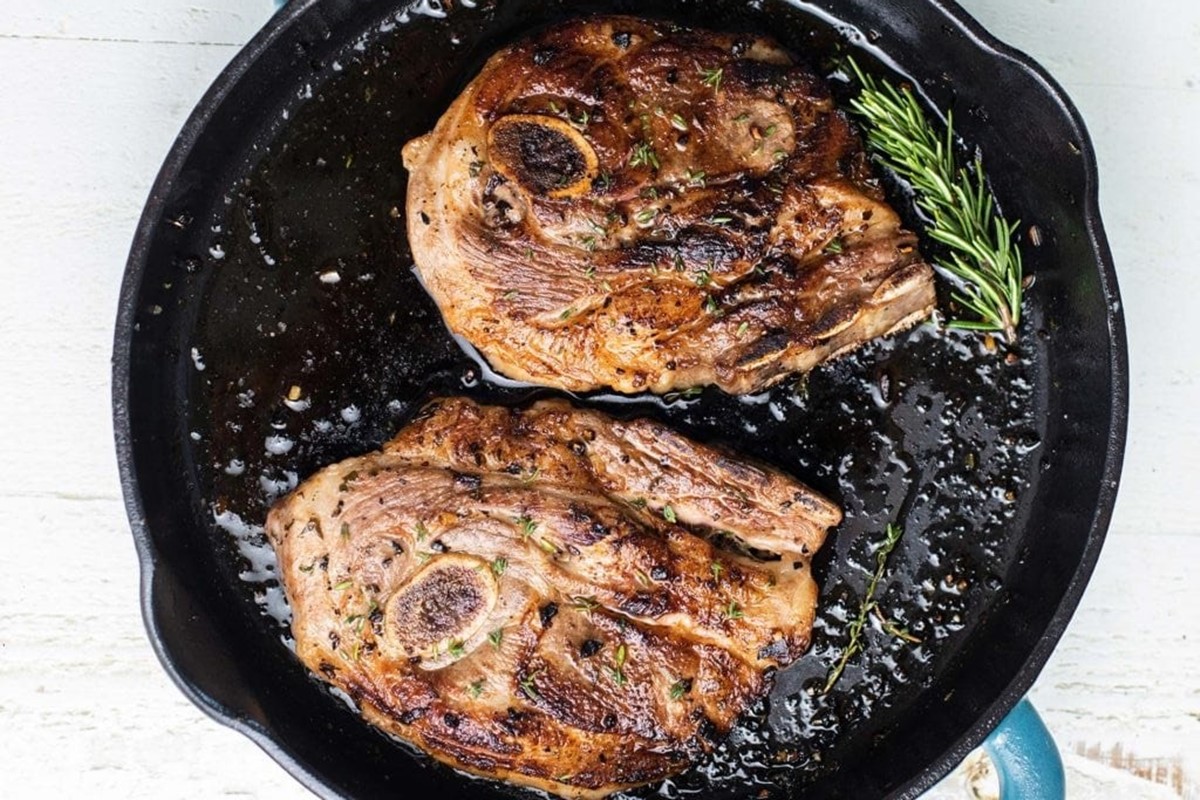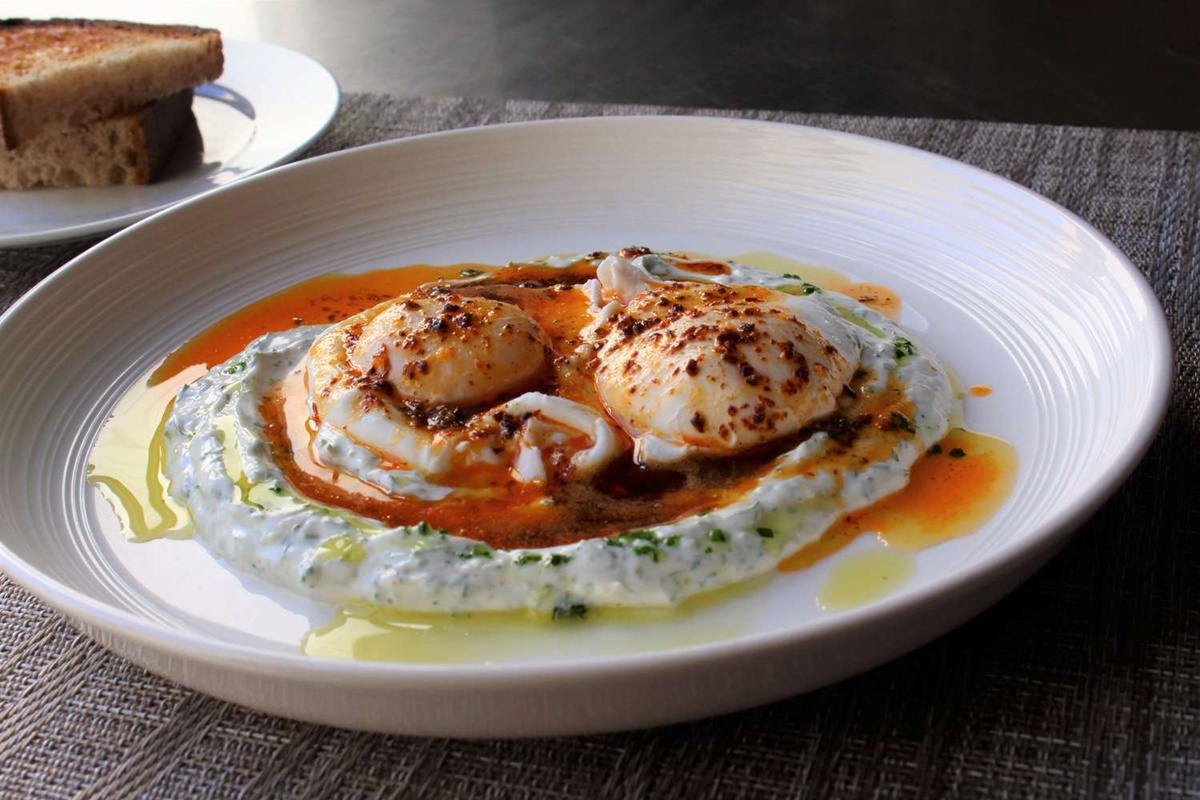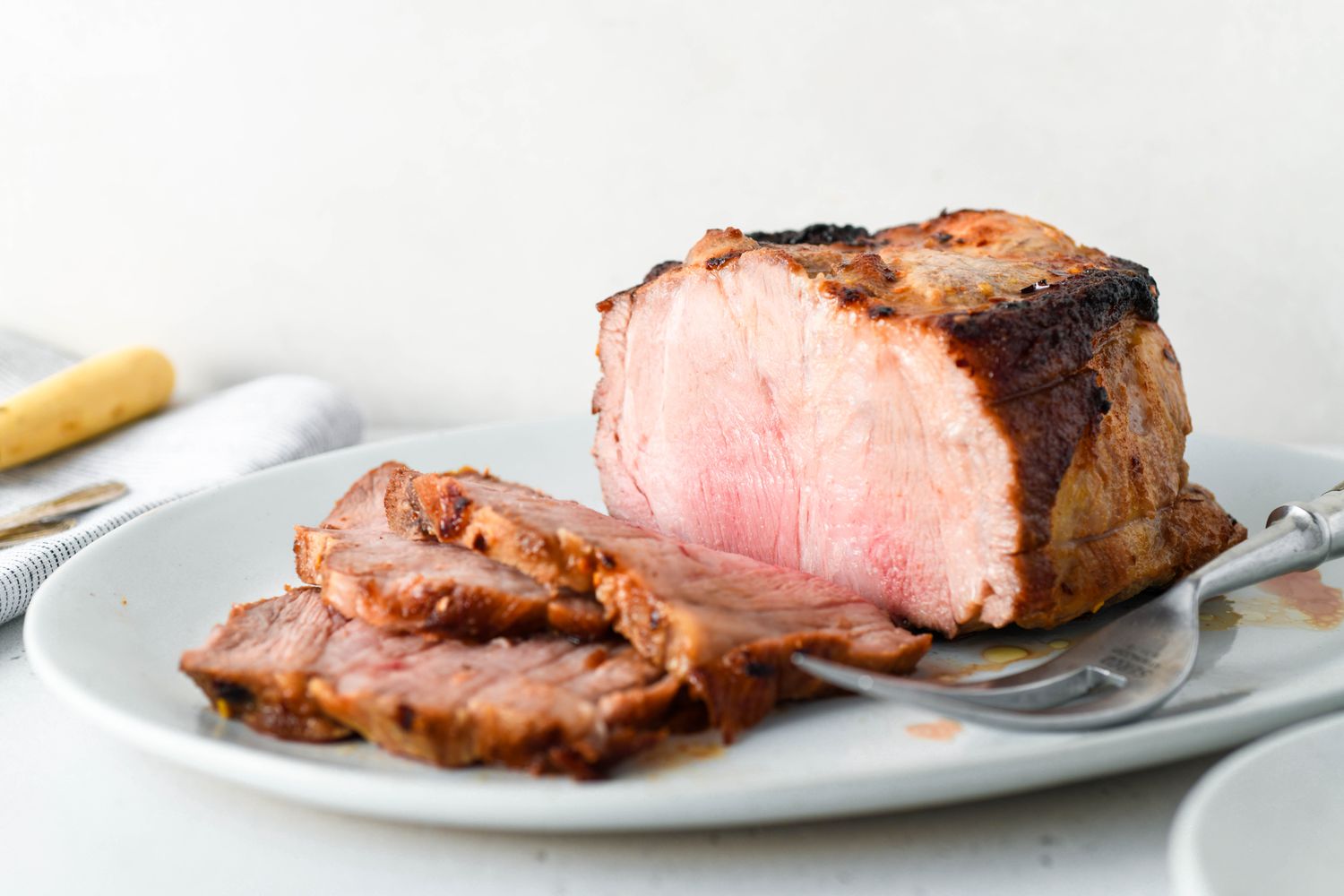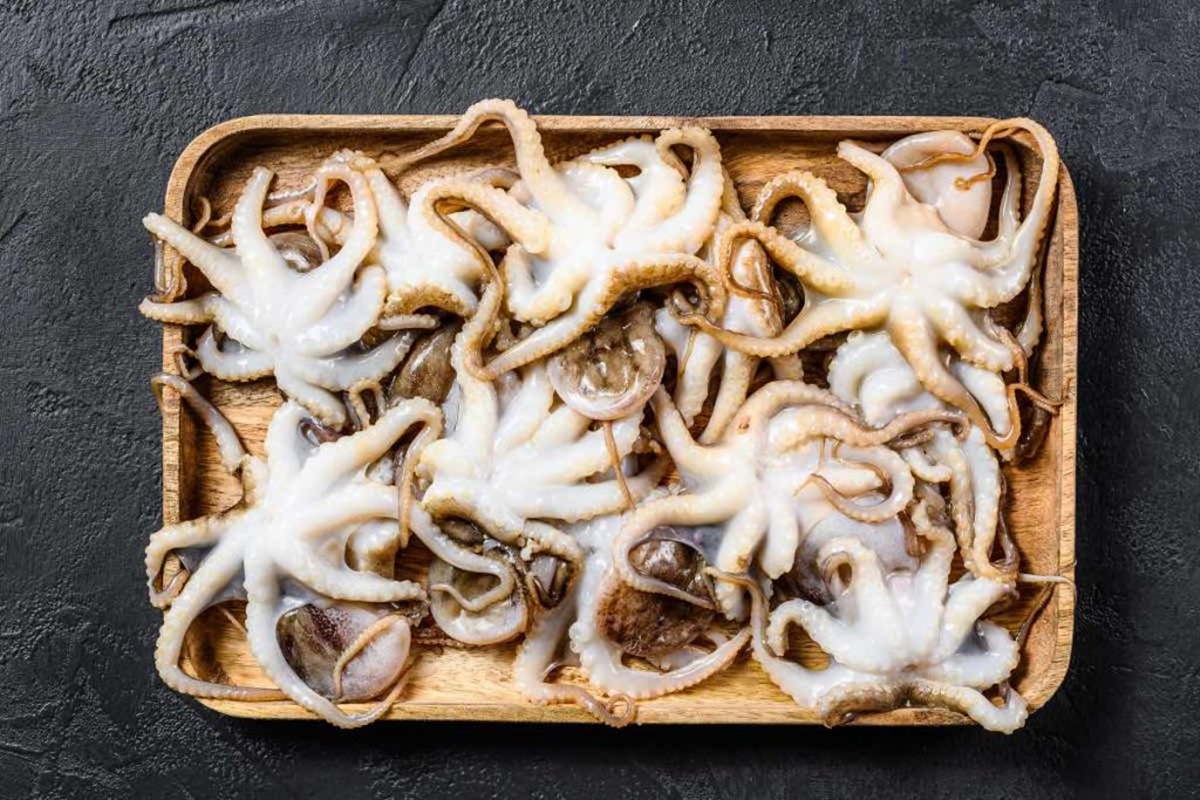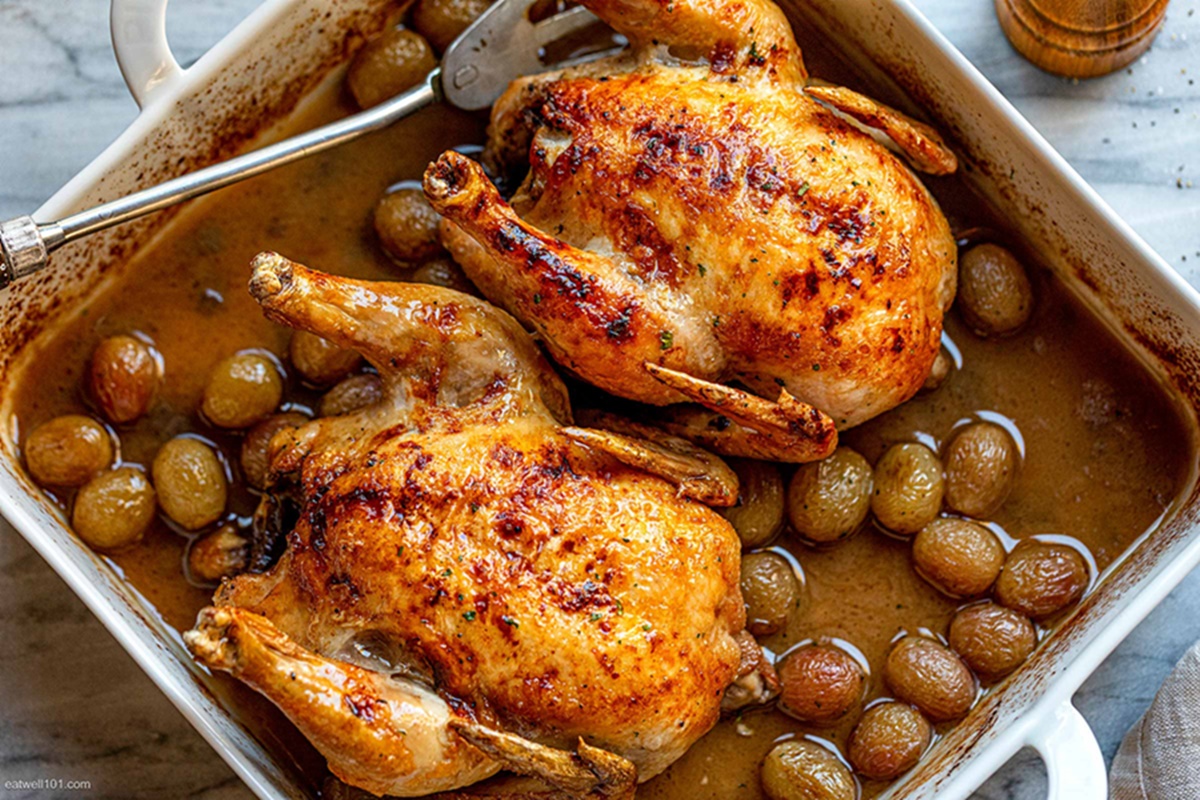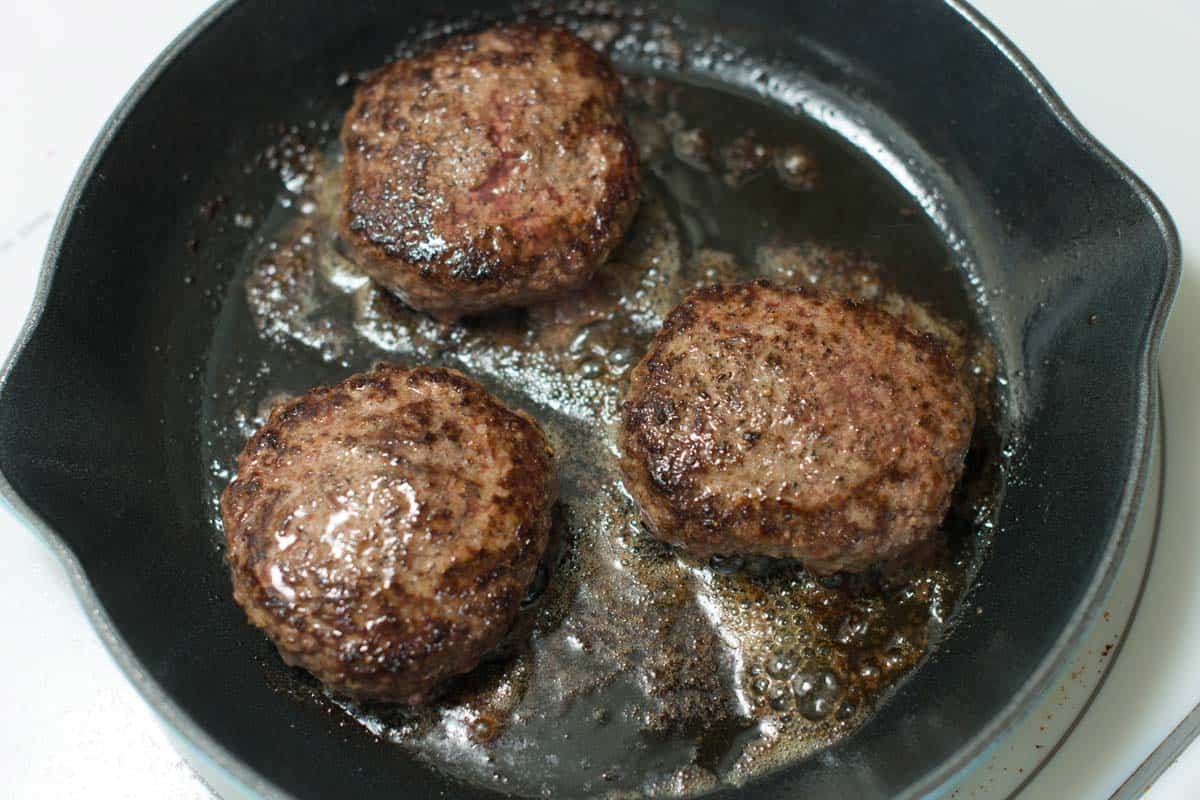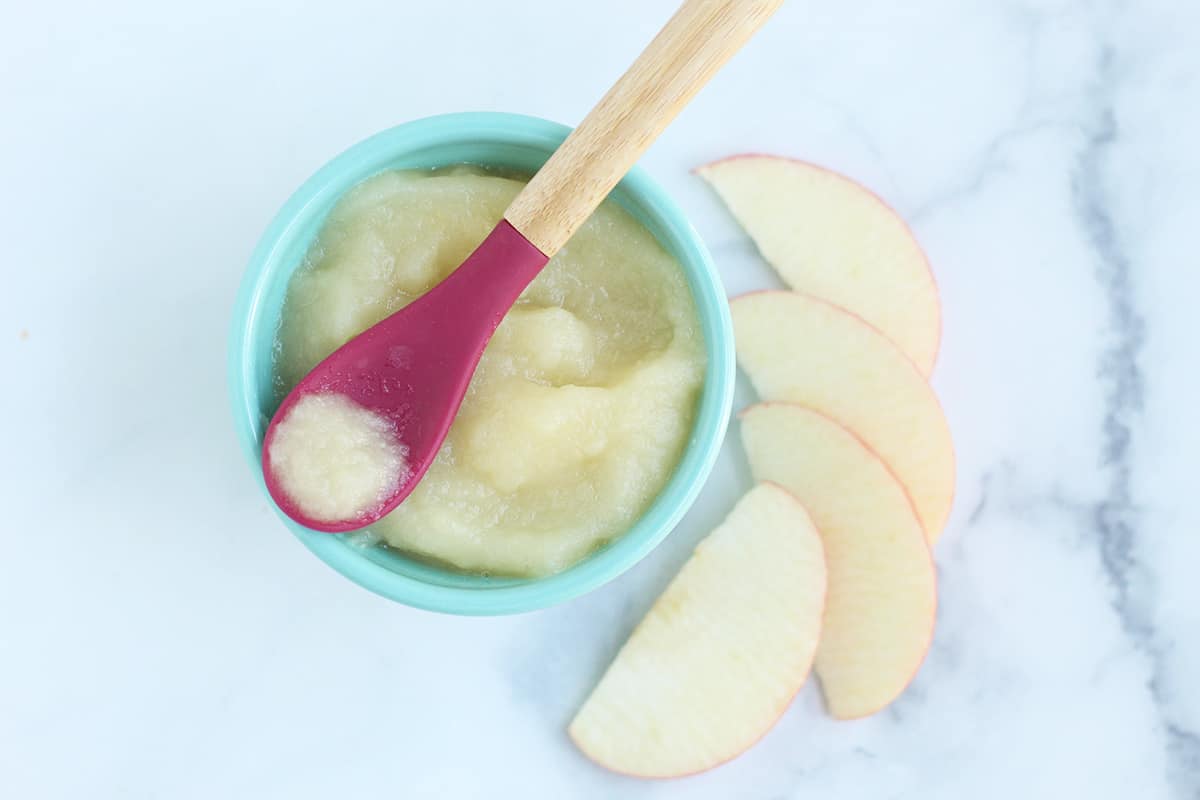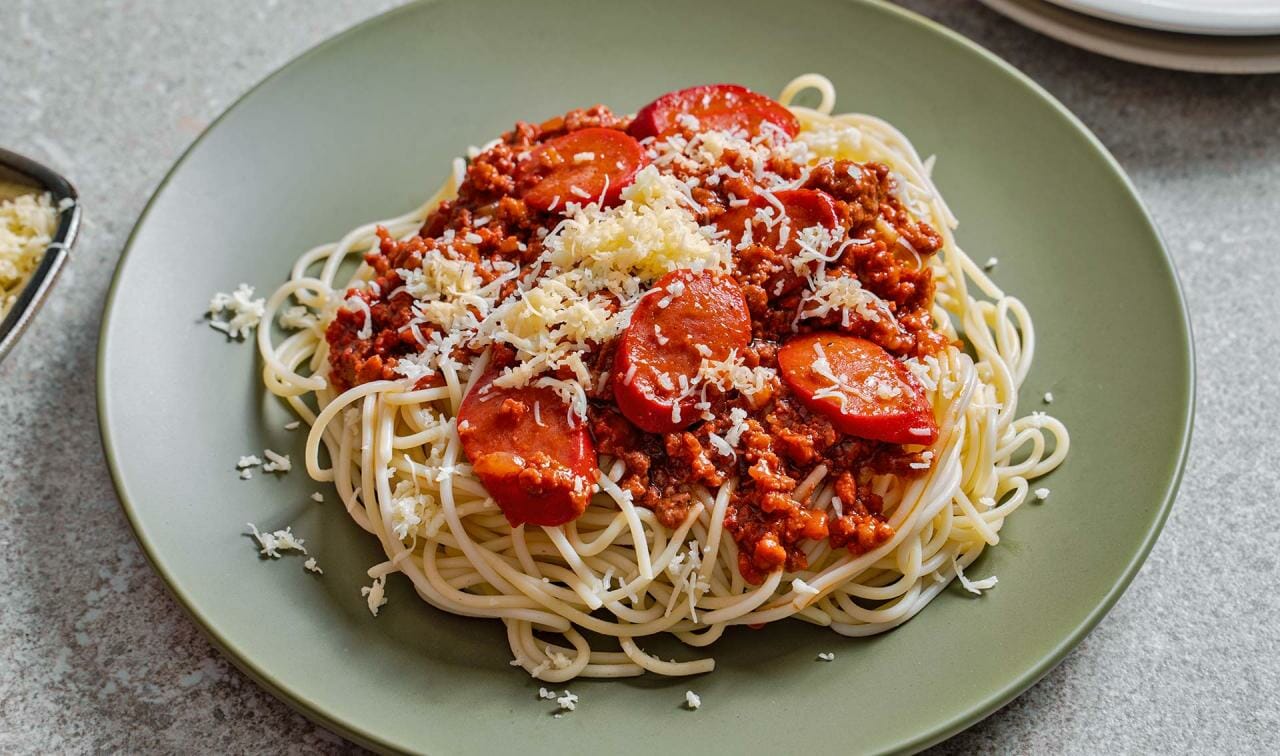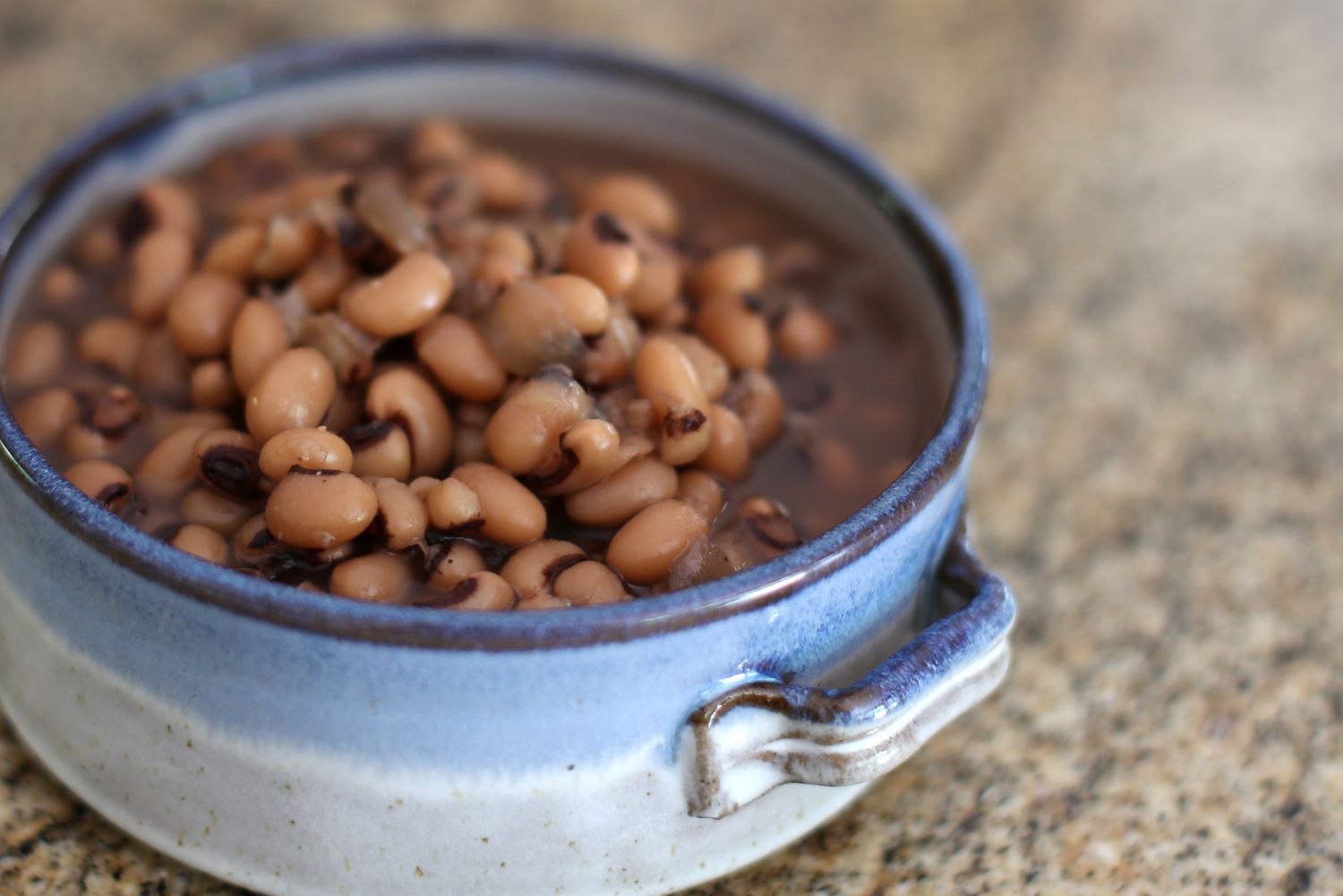Master the Art of Cooking Fresh and Flavorful Wild Caught Salmon
Salmon is a prized fish known for its delicate flavors and rich, buttery texture. For seafood enthusiasts and cooking enthusiasts alike, nothing beats the satisfying experience of cooking and enjoying a perfectly prepared dish of wild caught salmon. Whether you’re a seasoned chef or a beginner in the kitchen, we’ve got you covered with some tried-and-true cooking techniques to help you create a delicious salmon feast.
Before we dive into the cooking methods, it’s important to understand why opting for wild caught salmon is a wise choice. Wild caught salmon is known for its superior taste and texture compared to its farm-raised counterparts. It is also generally higher in nutrients, including heart-healthy omega-3 fatty acids. By choosing wild caught salmon, you are not only treating your taste buds but also supporting sustainable fishing practices.
1. Grilling: Unleash the Charred Flavors
Grilling salmon not only imparts a smoky and charred flavor but also locks in the salmon’s natural moisture, giving you a juicy and succulent result. Follow these steps to become a grill master:
- Preheat your grill to medium-high heat.
- Season the salmon fillets with salt, pepper, and your choice of herbs or spices.
- Place the salmon skin-side down directly on the grill grates.
- Cook for about 4-6 minutes per side, depending on the thickness of the fillets. Flip only once.
- Use a spatula to carefully remove the salmon from the grill.
- Serve hot and garnish with fresh lemon wedges.
2. Baking: A Foolproof Method for Moist and Tender Salmon
Baking salmon in the oven is an excellent technique when you want a hands-off approach that yields perfectly cooked, moist, and tender fish. Here’s how:
- Preheat your oven to 400°F (200°C).
- Place the seasoned salmon fillets on a parchment-lined baking sheet.
- Bake for 12-15 minutes, depending on the thickness of the fillets. The salmon should easily flake with a fork.
- Remove from the oven and let it rest for a few minutes before serving.
- Drizzle with a tangy dill sauce or a squeeze of fresh lemon juice for extra flavor.
3. Pan-Searing: Achieve Crispy Skins and Gourmet Flavors
For a restaurant-style crispy skin and mouthwatering flavors, pan-searing is the way to go. Follow these steps to impress your guests:
- Heat a tablespoon of oil (preferably high smoke point oil like canola or grapeseed oil) in a non-stick skillet over medium-high heat.
- Season the salmon fillets with salt and pepper.
- Place the salmon skin-side down in the hot skillet and cook for about 3-4 minutes, until the skin becomes golden and crispy.
- Flip the salmon carefully and cook for an additional 2-3 minutes until the fish is cooked through.
- Transfer the salmon to a serving plate and drizzle with a flavorful sauce like a honey-soy glaze or a balsamic reduction.
Keep in mind that the cooking time may vary depending on the thickness of the salmon fillets. To ensure the salmon is cooked to perfection, use a digital meat thermometer and ensure it reaches an internal temperature of 145°F (63°C).
Now armed with these cooking techniques, you’re well on your way to preparing a tantalizing wild caught salmon dish like a pro. Whether you choose to grill, bake, or pan-sear, remember to savor every bite of this delectable fish that nature has given us. Happy cooking!
For those keen on trying out new and exciting ways to cook wild caught salmon, there are a few standout recipes to explore. First, Grilled Lemon Herb Wild Caught Salmon stands out for its simplicity and fresh flavors, perfect for a summer BBQ. For a comforting and rich option, the Baked Garlic Butter Wild Caught Salmon offers a delightful balance of flavors with minimal effort. If you're in the mood for something sweet and savory, the Pan-Seared Honey Soy Glazed Wild Caught Salmon is an excellent choice, combining the depth of soy with the sweetness of honey. Lastly, for those who love a hint of citrus, the Grilled Wild Caught Salmon with Citrus Marinade provides a zesty kick that's sure to please. These recipes not only highlight the versatility of wild caught salmon but also cater to a variety of taste preferences and cooking styles.
Was this page helpful?
Read Next: How To Cook Chicken On A George Forman Grill
